Sophisticated machines which create custom-sized corrugated cardboard boxes offer major advantages but receive little sustainability attention.
There are many times when we are so caught up in the “that’s awesome” shimmer and shine associated with the latest technical product or gadget that we don’t see or appreciate the less visible and quieter developments that offer major benefits. After all, it’s easy to be entranced by “wow” factors associated with 5G, EVs, autonomous cars (still coming soon, right?), or some flashy app for your smartphone instead of advances in mundane areas not recognized for what they really represent.
I thought about this mismatch yet again when I received a package a few weeks ago containing a modest item I had ordered online. I have seen plenty of corrugated boxes over the years, of course, but I had never seen a cardboard box like this one. This box was only slightly larger than the non-fragile item inside and didn’t have the usual style of opening/closing flaps.
Coincidentally, I saw an article about one of several companies that makes some amazing machines that custom-craft a box on-the-spot to fit the object being shipped. These machines even go as far as taking into account whatever cushioning the object requires. It’s called — appropriately — on-demand and right-size packaging. Instead of shipping companies with warehouses carrying huge inventories of different box sizes (all flat until needed, of course) and then picking the best fit and stuffing in extra padding, these machines use flat corrugated cardboard to create, on the spot, an optimum size box (Figure 1).
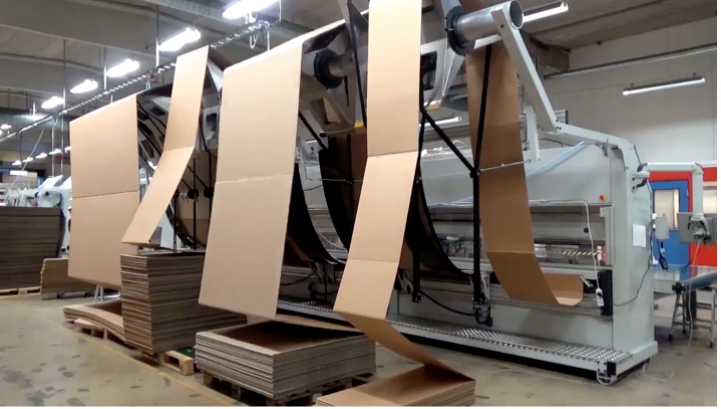
The savings are significant all through the supply chain: inventorying only standard sheets of corrugated, smaller packages, more load capacity on the trucks and aircraft, less weight, less excess padding, and less trash upon opening, to cite a few benefits.
Leading vendors of these machines include Packsize International, Inc., along with WestRock Company, and CMC SpA (Italy). Packsize machines cost between $50,000 to $1.5 million, although most customers don’t buy the system; rather, they pay a cost-per-corrugated box by subscription. I suppose you could jazz it up by calling it BaaS (box-as-a-Service) or PaaS (package-as-a-Service). These just-in-time systems are now used by major shippers such as Amazon, Wal-Mart, and Staples, as well as many smaller-to-midsize companies.
What makes these systems possible includes a sophisticated combination of a database with item dimensioning and notes about packaging requirements driving advanced software and algorithms which determine the best box size. These guide a complicated machine that uses fully programmable and tightly controlled actuators to size, score, cut, fold; place the product in the box; label it, and seal it (Figure 2). The machines are also networked so they can be monitored remotely, problems anticipated or identified. I personally would love to see one of these systems in action, but I suspect that won’t be happening soon (until then, there’s a 17-second video of the operation here).
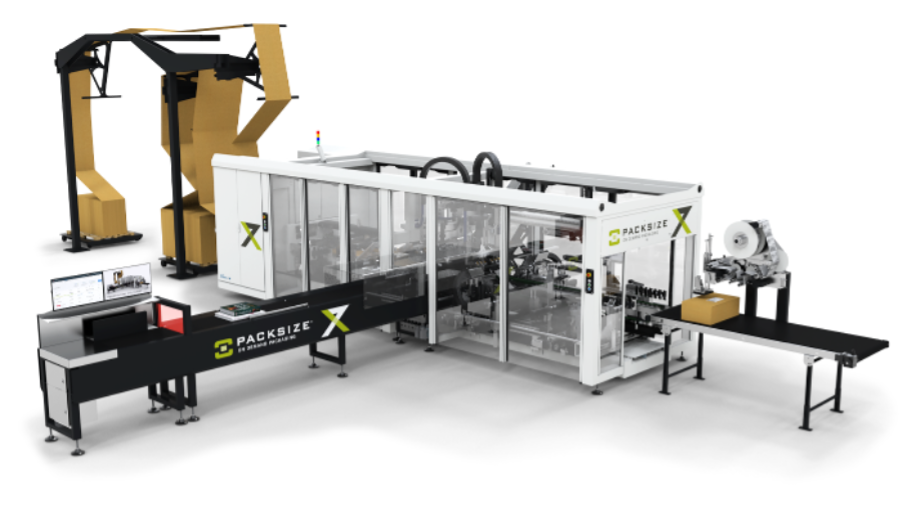
Also impressive are the associated production numbers and touted advantages. Depending on machine size, a Packsize unit can produce between 10 and 35 custom boxes per minute. According to their data, Packsize says that retail packaging is typically 40 percent larger than a box that is right-sized by their system; they note that a box that is 40 percent too large takes 28 percent more corrugated (due to the geometry of how a box is folded and how two dimensions translate to three dimensions). Further, the “fill” such as bubble wrap and polystyrene-based packing peanuts is reduced by 20 to 90 percent by a right-sized box.
This is truly an impressive, seamless multi-disciplinary merging of technologies which undoubtedly took lots of engineering talent, skills, troubleshooting, persistence, and more to make it into a reality. Unlike just writing some clever code on your keyboard, the effort here is intense, but the benefits are identifiable and tangible.
Unfortunately, as these systems are not seen by the public, their amazing capabilities are largely invisible to the public as well. Yet the efficiency they bring with respect to the use of resources all through the supply chain is just as dramatic and likely far greater than those highly visible “green” or “sustainable” projects with dubious claims but which get lots of attention and accolades.
I suppose it’s the old story: often life isn’t always fair, especially for engineers and their accomplishments. But it would be nice if the engineering effort required and benefits these systems bring received at least some recognition or acknowledgment beyond a small circle of warehouse/supply-chain specialists. This on-demand, right-size box technology certainly deserves it, as do many other advances which are invisible yet significant.
References
The Wall Street Journal, “Retailers Tackle Cardboard Overload With Made-to-Fit Boxes”
Waste360/Informa, “Packsize Makes On-Demand, Rightsized Packaging”
Wikipedia, “Corrugated fiberboard”
Recycling Vision B.V. “The different types of cardboard packaging”
American Paper & Packaging, “Chipboard vs Cardboard vs Corrugated”

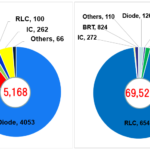
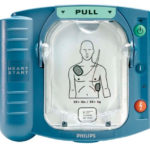

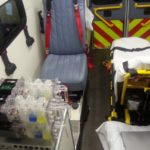


Leave a Reply
You must be logged in to post a comment.